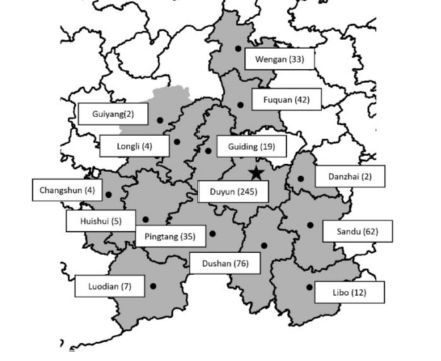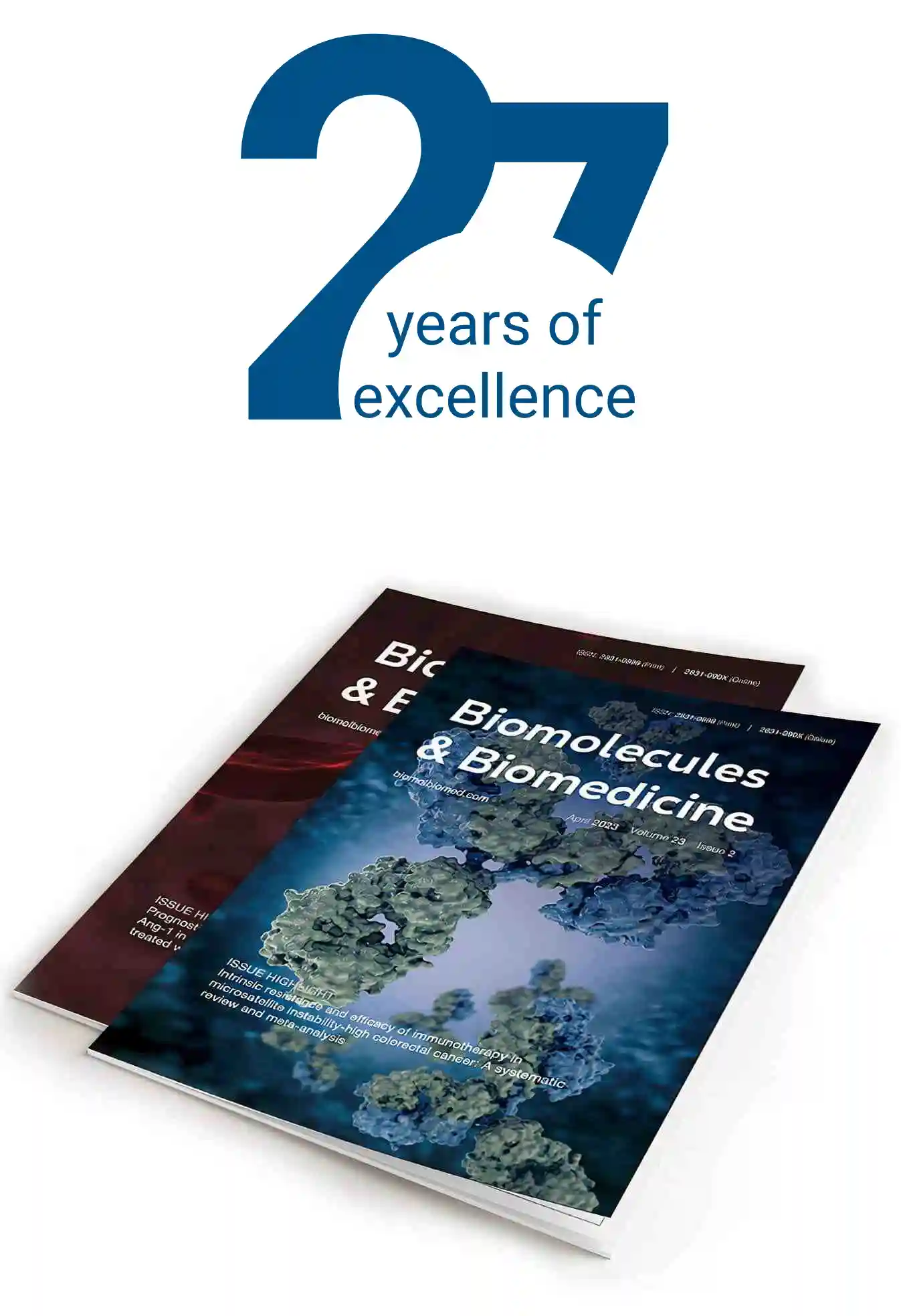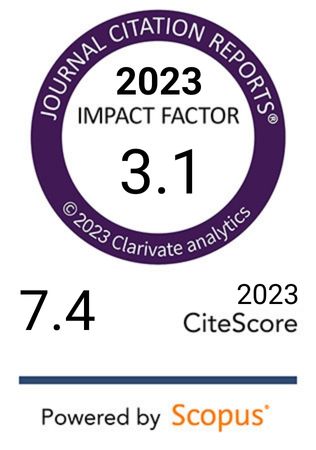Epidemiological survey on prevalence and subtypes distribution of Blastocystis sp. in Southern Guizhou, China
DOI:
https://doi.org/10.17305/bb.2024.11303Keywords:
Blastocystis sp., subtype, genotype, ST15Abstract
Blastocystis sp. is one of the most common intestinal protozoan parasites of humans worldwide and often has genetic polymorphisms. Due to its high prevalence and the possibility of potential transmission to humans, this study was carried out to investigate the prevalence of Blastocystis sp. and characterize its subtypes (genotypes) in southern Guizhou, China. A total of 548 fecal samples were collected from hospital patients for culture-based diagnosis. PCR products were sequenced and phylogenetically analyzed to identify subtypes and analyze their distribution. 43 positive cases of infection with Blastocystis sp. were detected, resulting in an overall prevalence of 7.85% (43/548). Seven subtypes were identified: ST3 (55.81%), ST1 (25.58%), ST7 (6.98%), ST5 (4.65%), ST2 (2.33%), ST4 (2.33%), and ST15 (2.33%). ST3 demonstrated the lowest intra-ST diversity, followed by ST1. Blastocystis sp. infection in southern Guizhou was caused by seven subtypes (ST1–ST5, ST7 and ST15) of the parasite, in which ST3 was the most common subtype, followed by ST1. The lowest intra-ST diversity of ST3 may be associated with substantial interhuman transmission in Guizhou. ST15 was found for the first time in humans, suggesting that it has the potential to be a zoonotic parasite. These findings have enhanced our understanding of the epidemiology and transmission of Blastocystis sp. in Southern Guizhou, China.
Citations
Downloads

Downloads
Published
Issue
Section
Categories
License
Copyright (c) 2024 Xiaoyin Fu, Jiayin Lyu, Yunliang Shi, Bingying Cao, Dengyu Liu, Xi Yang, Lin Huang, Qiuguo Liang, Dejun Liao, Shanshan He

This work is licensed under a Creative Commons Attribution 4.0 International License.









